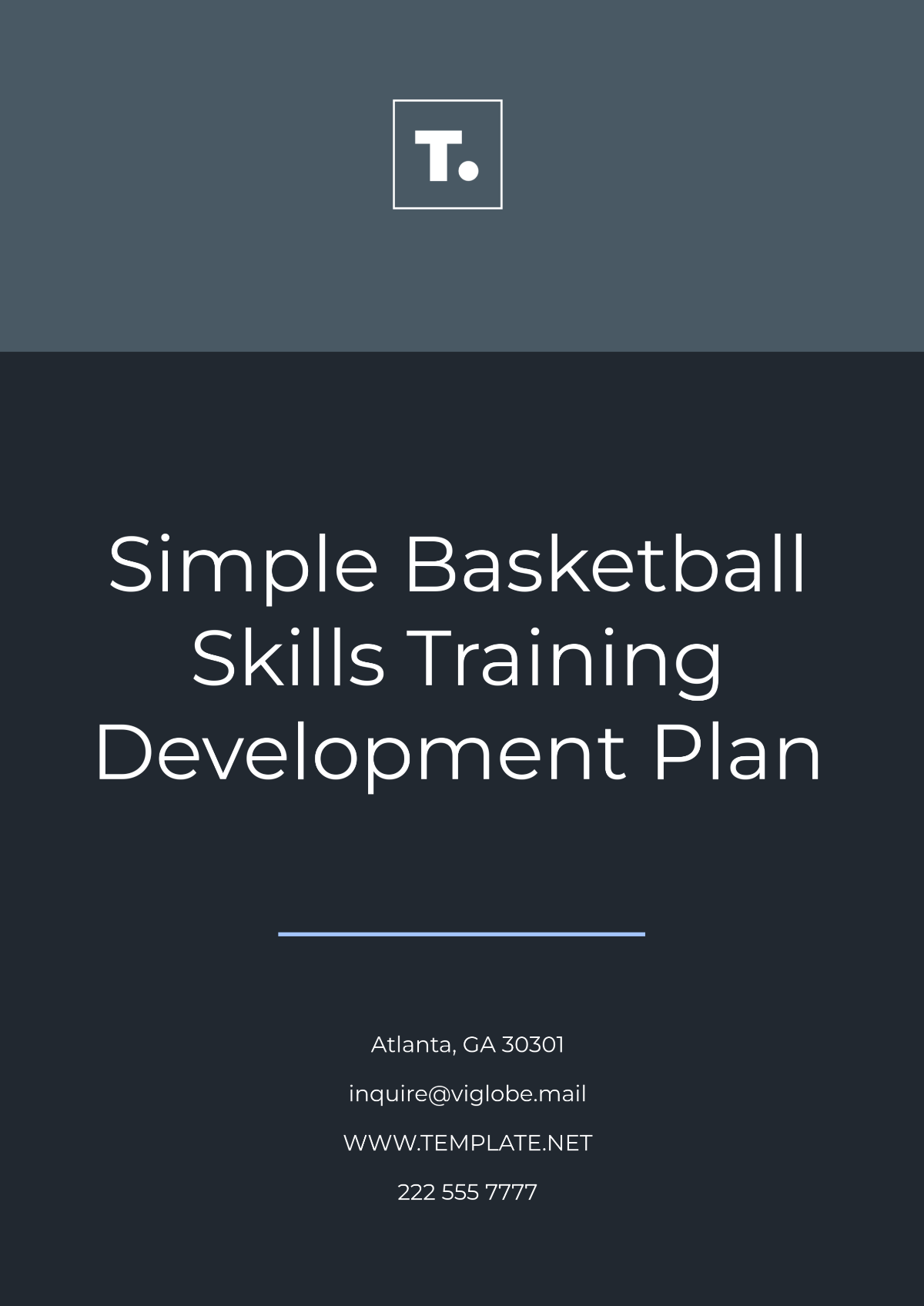Website E-Commerce Development Plan
This Website E-Commerce Development Plan provides a comprehensive roadmap for building or enhancing an online e-commerce platform for [Your Company Name]. It is designed to achieve business objectives through a strategically developed website that enhances user experience, streamlines operations, and maximizes revenue potential. This plan covers essential aspects such as design, development, security, payment integration, marketing, and post-launch support, ensuring a seamless and scalable e-commerce experience.
1. Project Overview
1.1 Project Goals
The primary goals of this e-commerce website are to:
Create a user-friendly platform that attracts and retains customers.
Integrate secure payment gateways and protect user data.
Support product listings with customizable options and a smooth checkout process.
Optimize the website for both desktop and mobile devices.
Increase sales and improve brand visibility through SEO and digital marketing strategies.
1.2 Target Audience
The e-commerce platform will serve the following target audiences:
Primary: Customers seeking data analysis tools and services within North America.
Secondary: Potential customers from Europe and Asia looking for advanced analytics solutions.
2. Design and User Experience (UX)
2.1 User Interface (UI) Design
The website will feature a modern and responsive design that is visually appealing and intuitive for users to navigate. Key design elements include:
Clean homepage layout with featured product categories such as Data Visualization, Predictive Analytics, and Business Intelligence Tools.
Intuitive search and filter options for product discovery.
Seamless product pages with high-quality images, video demos, and detailed descriptions.
Consistent branding throughout all pages to enhance recognition and trust.
2.2 Mobile Optimization
Since a significant portion of e-commerce traffic comes from mobile devices, the platform will be fully optimized for mobile shopping with responsive design elements, faster load times, and simplified navigation.
3. Development and Technology Stack
3.1 Platform Selection
The website will be built using Shopify for its ease of use and scalability. The platform is chosen based on:
The expected growth of Data Insight Solutions and the need for robust features.
Specific features are required, such as customizable product options and multi-channel selling.
Budget considerations and ease of integration with third-party tools.
3.2 Database Structure
The platform will feature a well-structured database that efficiently manages:
Product inventory: Including stock levels, variants (size, type), and pricing.
Customer data: Personal information, order history, and preferences.
Orders and transactions: Trackable from checkout to fulfillment.
3.3 Security Measures
To ensure the safety of both the business and its customers, the following security features will be implemented:
SSL certificates for data encryption.
Regular security audits and patches.
Secure payment gateways (PCI-DSS compliance).
Multi-factor authentication for sensitive transactions.
4. Payment Integration
4.1 Payment Gateway Selection
The platform will integrate with secure and trusted payment gateways, such as:
PayPal
Stripe
Square
Apple Pay and Google Pay for mobile users.
4.2 Multi-Currency and Tax Settings
The platform will support multi-currency transactions for global customers and automatically calculate taxes based on customers’ locations.
4.3 Payment Process Flow
The payment process will be streamlined to reduce cart abandonment and enhance the checkout experience:
One-page checkout.
Guest checkout option.
Automated order confirmation and receipt generation.
5. Product Management
5.1 Product Catalog Setup
The platform will host a wide array of products that are:
Easily categorized with filters for type (software, services), features, and pricing.
Displayed with high-quality images, video tutorials, and detailed descriptions.
Described comprehensively, with accurate product information and user reviews.
5.2 Inventory Management
An integrated inventory management system will automate:
Stock level updates in real-time.
Low-stock alerts.
Syncing inventory across multiple sales channels if applicable (e.g., Amazon Marketplace).
6. SEO and Marketing Strategies
6.1 Search Engine Optimization (SEO)
To increase visibility and attract organic traffic, the following SEO practices will be incorporated:
Optimized product titles, descriptions, and meta tags focusing on keywords relevant to data analytics.
Clean URLs and breadcrumb navigation.
Fast-loading pages to enhance search engine rankings.
Regularly updated content (e.g., blog posts on data trends and best practices) to keep the site relevant.
6.2 Email Marketing
Email marketing will be used to re-engage customers and drive repeat purchases through:
Automated email campaigns for cart abandonment, special offers, and new product launches.
Personalized emails based on customer behavior and preferences.
6.3 Social Media Integration
The e-commerce platform will be integrated with social media channels (e.g., LinkedIn, Twitter, Facebook) to:
Showcase products via shoppable posts.
Leverage targeted ads for promotions and product launches.
7. Post-Launch Support and Maintenance
7.1 Performance Monitoring
Regular monitoring will be conducted to track key performance indicators (KPIs), including:
Website traffic and conversion rates.
Customer acquisition cost (CAC).
Average order value (AOV).
Customer lifetime value (CLV).
7.2 Bug Fixes and Updates
The development team will provide ongoing support for:
Fixing bugs and errors post-launch.
Rolling out updates to improve functionality or security.
Implementing new features based on user feedback.
7.3 Customer Support Integration
The platform will include a robust customer support system, such as:
Live chat functionality for real-time assistance.
Helpdesk integration for issue tracking.
FAQs and self-service portals to empower customers.
8. Timeline and Budget
Phase | Duration | Activities |
|---|---|---|
Phase 1: Discovery and Planning | 2 weeks | Market research, competitor analysis, and technical requirements gathering. |
Phase 2: Design and Development | 6-8 weeks | UX/UI design, front-end and back-end development, and content creation. |
Phase 3: Testing and Launch | 2 weeks | Comprehensive testing, including user experience, functionality, and security. |
Phase 4: Post-Launch Monitoring and Optimization | Ongoing | Continuous performance monitoring, bug fixes, updates, and customer support integration. |
8.2 Estimated Budget
The budget for the e-commerce platform will include:
Item | Cost |
|---|---|
Development Costs | $15,000 |
Hosting Fees | $200/month |
Marketing Budget | $5,000 |
Ongoing Maintenance | $500/month |
9. Conclusion
The Website E-Commerce Development Plan provides a structured approach to building an efficient, secure, and user-friendly online platform that aligns with [Your Company Name]' business goals. By leveraging this plan, the business will create a seamless e-commerce experience that enhances customer satisfaction, increases sales, and supports future growth.
For any questions or further details, please contact [YOUR NAME] at [YOUR EMAIL].

















































